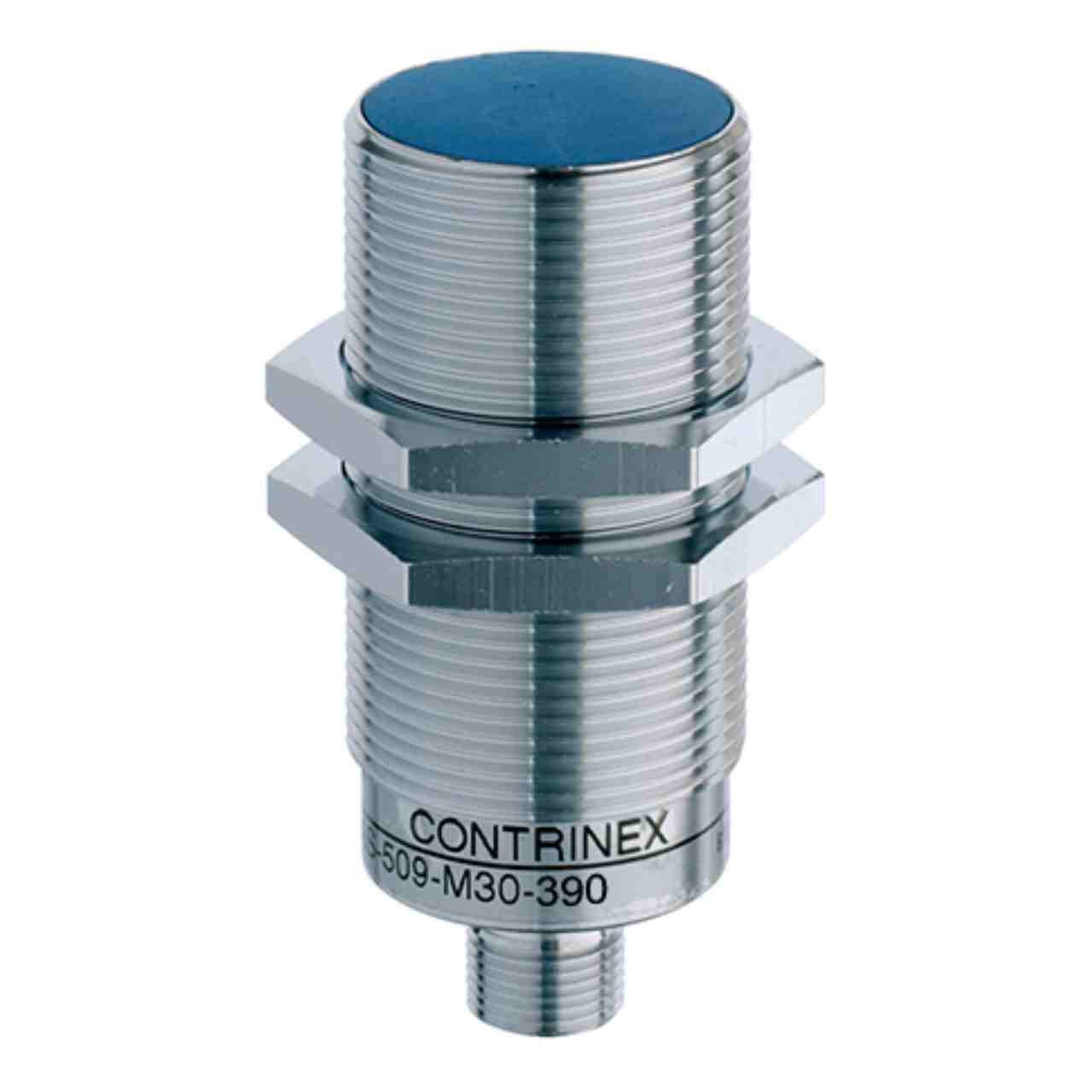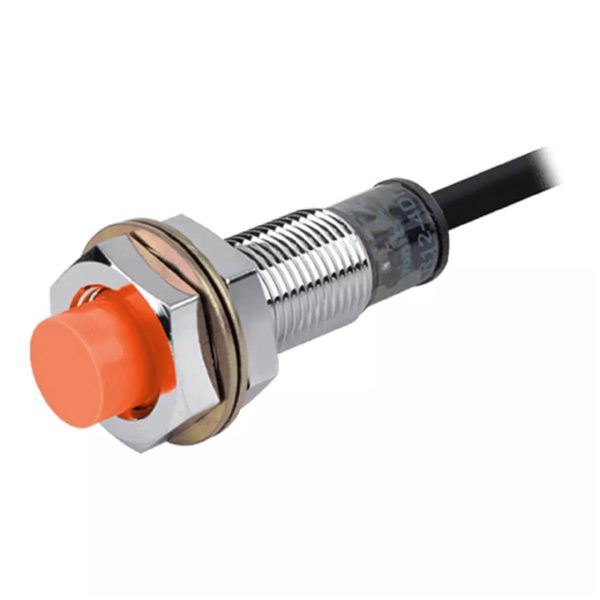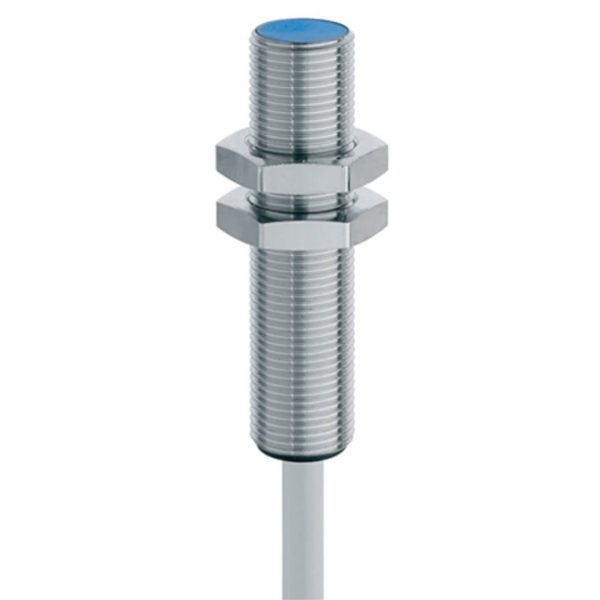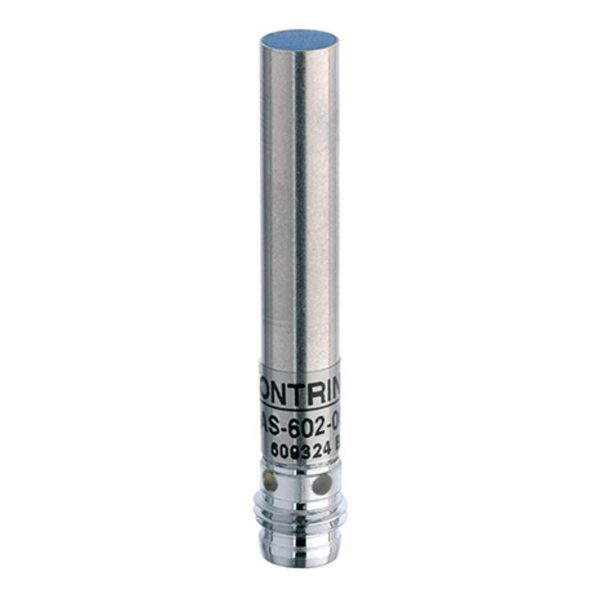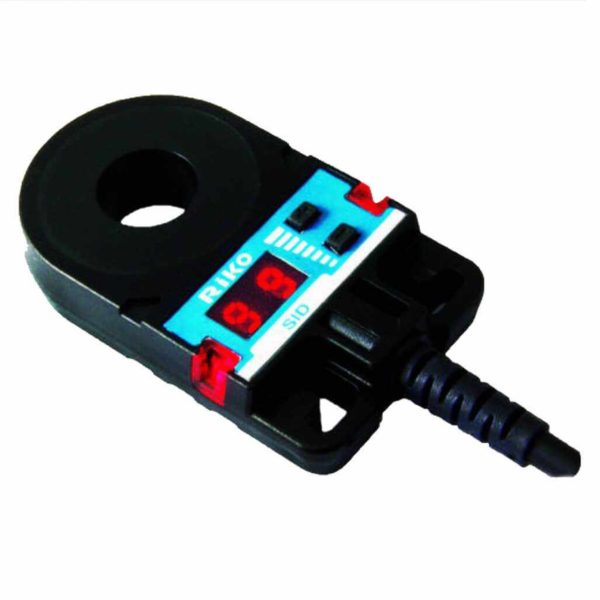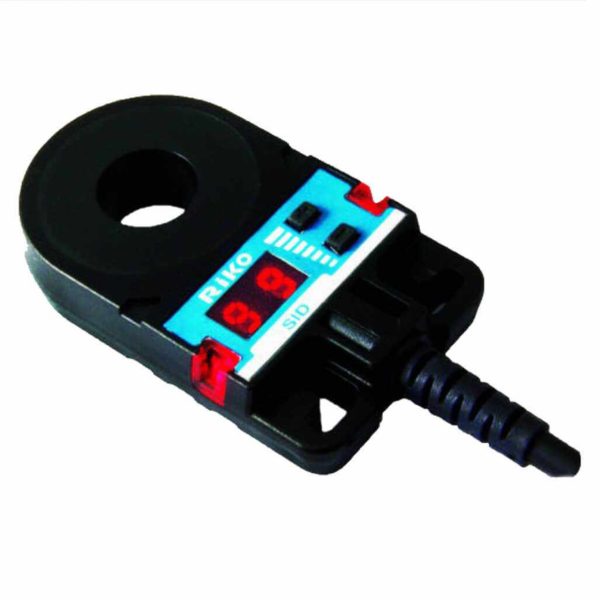Categories
DESCRIPTION
Contrinex Analog proximity sensor M30, Voltage/Current output DW-AS-509-M30-390
Quasi-embeddable, M12 4-pin, 0 To 20 mm sensing distance
The Contrinex analog proximity sensor DW-AS-509-M30-390 features outstanding noise protection and stable sensing performance due to its specialized sensor IC developed by Contrinex. This sensor comes in a round cylindrical shape, sensing distance of 0 To 20 mm, sensing side diameter and housing size of M30, and shield (flush) installation. The standard cylindrical inductive sensor can be used in diverse applications requiring non-contact detection of metallic objects.
As a quick report, this inductive analog proximity sensor provides:
- 30 mm sensing side diameter
- Voltage/Current output
- 0 to 20 mm sensing distance
- Quasi-embeddable (flush) installation
- Long life cycle and simple operations
- protections against short-circuits and voltage reversal
- IP67 ingress protection structure according to IEC standards
Body
This Contrinex analog proximity sensor’s case and nut parts are made of Chrome-plated brass.
The DW-AS-623-M5 features IP67 ingress protection.
Connection
The Contrinex analog 30mm proximity sensor DW-AS-509-M30-390 features a 4-pin M12 electrical connection.
Sensing specifications
This inductive sensor’s sensing side diameter is 30 mm. This sensor’s maximum distance to detect its standard sensing target, which is a piece of iron, is 0 to 20 mm. This so-called sensing distance differs from one sensing target to another, based on their material, size, etc. You could find out the sensing distance in Contrinex proximity sensors with a correction factor, mentioned in their datasheet.
Control output
The DW-AS-509-M30-390 features Voltage/Current Analog control output with switching frequency of 200 Hz and the input for this analog proximity sensor is 15 to 30 VDC.
Temperature
The ambient temperature range that the DW-AS-509-M30-390 analog 30mm proximity sensor works properly in is -25 … 70°C.
Industries/applications
- Tool selection automated production lines
- Robotic position-sensing
- Control of micro-mechanisms

